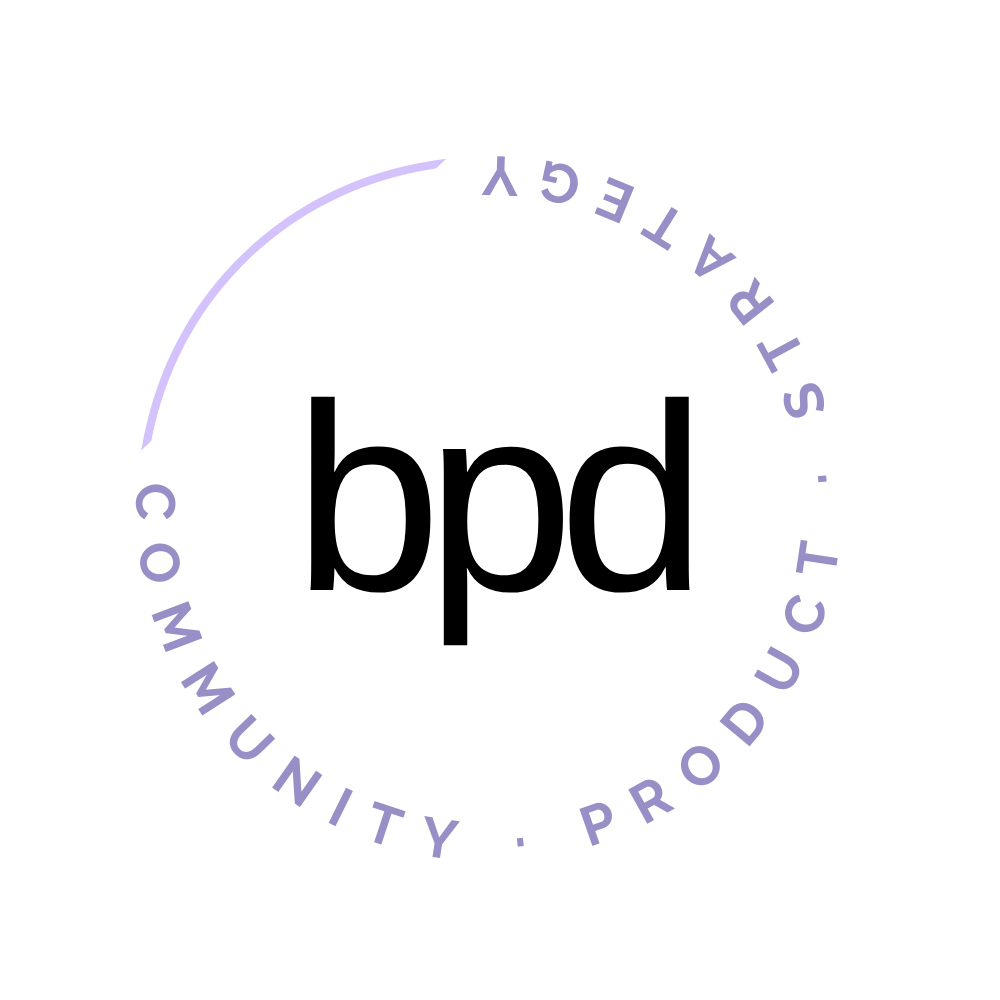#99 How To Design An Incredible Onboarding Experience
One of our best selling services is a membership / program audit.
It's a super simple concept – we get access to their program or membership, review it, and provide a Notion document with loom videos and notes recommending changes that will improve the experience.
There is one thing that every program & membership experience we've audited could have done better – onboarding.
I give away a lot of free community strategy tips in the newsletter, but I've always kept this lesson close to the chest. Clients pay me to help update their onboarding so I was scared to over-share.
But I'm not scared anymore.
Today I'm sharing my approach to designing an onboarding experience that raises the bar.
Let’s get into it –
Last week I wrote about how to raise the bar to create stronger word-of-mouth flywheels that grow your enrollments.
The number #1 needle-mover? Your onboarding experience. It's the first impression that leads people to share – you have the opportunity to either blow them away, or confuse and disappoint.
Onboarding lasts longer than people realize. It starts during the sales process and can last 30+ days into the product experience.
In Ramli John's book, Product-Led Onboarding, he uses Slack as a case study. Slack knows that a company has fully adopted Slack and completed their onboarding once the organization has sent over 2000 messages. That lasts longer than the day they purchase.
At a minimum your onboarding experience needs to include:
A dedicated place in your program or membership to walk your customers through what to expect and how to participate.
An email sequence to support the in-app experience, so that we're helping them build the habit to login and participate.
The dedicated onboarding place can be executed a few ways:
Mini-course experience – This is usually how we set it up for our clients in Circle. Default this course space to their landing page after they complete their profile.
Section in your content – Create a start here section of your content library for your customers to go through first
Landing page – Re-direct immediately post-purchase to an onboarding page on your website with their next step (like signing up for a 1:1 or doing an onboarding questionnaire)
The email sequence needs to:
Be more than one email. It takes at least a few emails to get people up to speed on what they should be doing
Nudge them with the steps they need to take to fully integrate into the membership/program experience
Remind them of the membership/program value so that they don't give up on why they bought in the first place
Set super clear expectations for how they should participate
Onboarding Design
Now that you know the basics of what is included in an onboarding experience - here are a few things that can help you make it even better:
1:1 onboarding call – If you have capacity to personally welcome members (or your community manager does), I highly recommend it. This is a great way to get a personalized welcome to the community. You can point them to the most relevant resources for their journey stage, and make introductions that are going to be the most valuable to them.
Group onboarding call – I love these for cohort programs. Before everything kicks off, run an onboarding call to go over expectations, how to participate, and where to find things. Add a connection moment to this call so that students can meet one another and share their goals. This strategy helped me reduce refunds by 6% for one of bossbabe's program.
Curated introductions – When a new person joins your membership, it can feel overwhelming to walk into the party where everyone is already settled. Have your new member introduce themselves and then personally connect them to 3+ other members that they should meet based on their goals + interests.
Here are three questions to help you design an incredible onboarding experience:
What do they need to do, in what order, to be successful? (Make a list of all the steps – don't skip anything)
What will be their first ‘aha this is working’ moment? And how can you create that as soon as possible?
What roadblocks do you KNOW they’re going to face along the way? And how can you prepare them for these moments?
Answer these questions and then design your (1) onboarding place, and (2) email sequence.
Last tip: Don't forget to get feedback along the way so that you can continue to make your onboarding experience better. This is an important metric to improve over time to get better student results and more referrals.
If you loved this, you can subscribe to the weekly newsletter here for free! I send a bunch of resources & share a bts happenings of my business in the email version.
